Subtotal: د.م. 85,00
The King of Elfland’s Daughter
د.م. 85,00 – د.م. 105,00
A timeless masterpiece that helped shape modern fantasy literature
Beautiful, poetic prose that creates an enchanting world of magic
Follows a journey between ordinary reality and the realm of wonder
Features unicorns, trolls, and mystical creatures in a dreamlike landscape
Explores the delicate balance between two worlds separated by magic
Celebrated for its lyrical language and enduring sense of wonder
Influenced generations of fantasy writers with its visionary approach
A must-read for anyone who loves stories that transport the imagination✨🌙💫
Description
The King of Elfland’s Daughter stands as a cornerstone of modern fantasy literature, first published in 1924 by the esteemed Anglo-Irish writer Lord Dunsany. Though initially it faded into relative obscurity, this novel experienced a renaissance when Ballantine Books included it in their Adult Fantasy series in 1969, introducing Dunsany’s masterful storytelling to a new generation of readers. Today, it’s widely recognized as one of the most influential fantasy works ever written, with critics like Arthur C. Clarke considering Dunsany “one of the greatest writers of this century” and L. Sprague de Camp comparing its quality and influence to The Lord of the Rings.
Dunsany’s prose creates a mesmerizing world where the boundaries between reality and enchantment blur, crafting a narrative that feels both timeless and refreshingly original. The novel’s language is poetic and evocative, with descriptions that transport readers to landscapes both familiar and utterly magical. Charles de Lint praised it in The Magazine of Fantasy & Science Fiction for its “beauty of the language, the astute eye for character, the hint of humor, and the spell of legendry and wonder,” noting that even decades after its publication, Dunsany’s work remains “fresh and exuberant” among countless fantasy novels.
This seminal work established many conventions that would later define the high fantasy and fairytale fantasy subgenres, influencing generations of writers who followed. The story weaves together elements of traditional folklore with Dunsany’s unique imagination, creating a tapestry of unicorns, trolls, witches, and other mystical beings that inhabit the space between our world and the realm of Elfland. Unlike many contemporary fantasy works where magic is treated as a system to be mastered, in Dunsany’s vision, magic simply is—an inherent part of the world’s fabric that cannot be fully controlled or understood.
The novel’s enduring appeal lies in its ability to capture that essential quality of wonder that defines the best fantasy literature. Dunsany, often called the “King of Dreams,” writes with a lyrical quality that many have tried to emulate but few have matched. His descriptions create vivid imagery that lingers in the mind, such as when he writes of a voice having “the music that, of earthly things, was most like ice in thousands of broken pieces rocked by a wind of Spring upon lakes in some northern country.” This attention to poetic detail transforms what might be a simple fairy tale into a profound meditation on love, loss, and the spaces between worlds.
Though some modern readers may find the pacing more leisurely than contemporary fantasy novels, this deliberate rhythm allows the magic to settle deeply into the reader’s imagination. The King of Elfland’s Daughter represents a bridge between traditional folklore and modern fantasy, preserving the mystery and wonder of ancient tales while establishing narrative patterns that would shape the genre for decades to come. It remains essential reading for anyone interested in understanding the roots of fantasy literature and experiencing the work that helped define what fantasy could be.

 المتمرد
المتمرد 

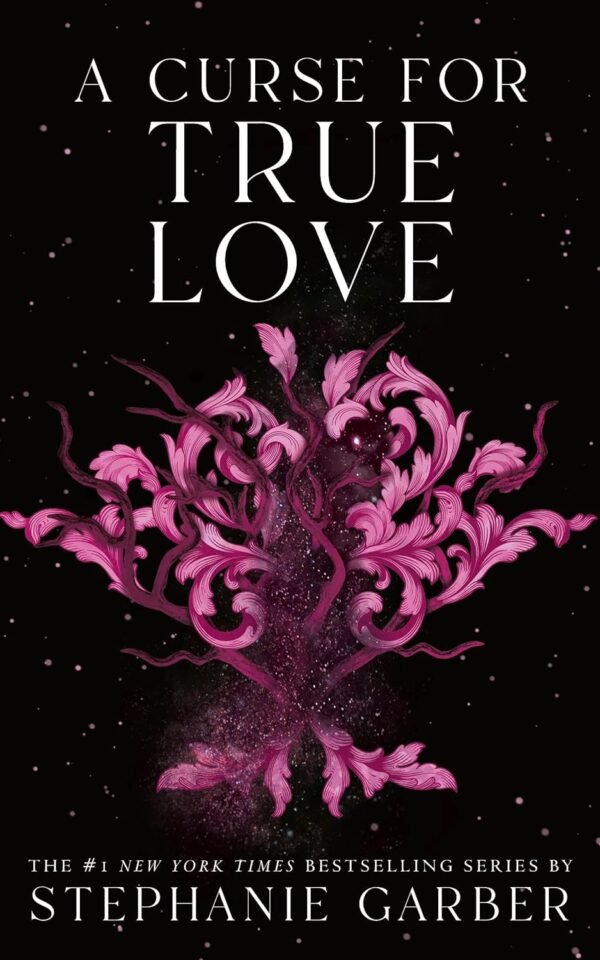

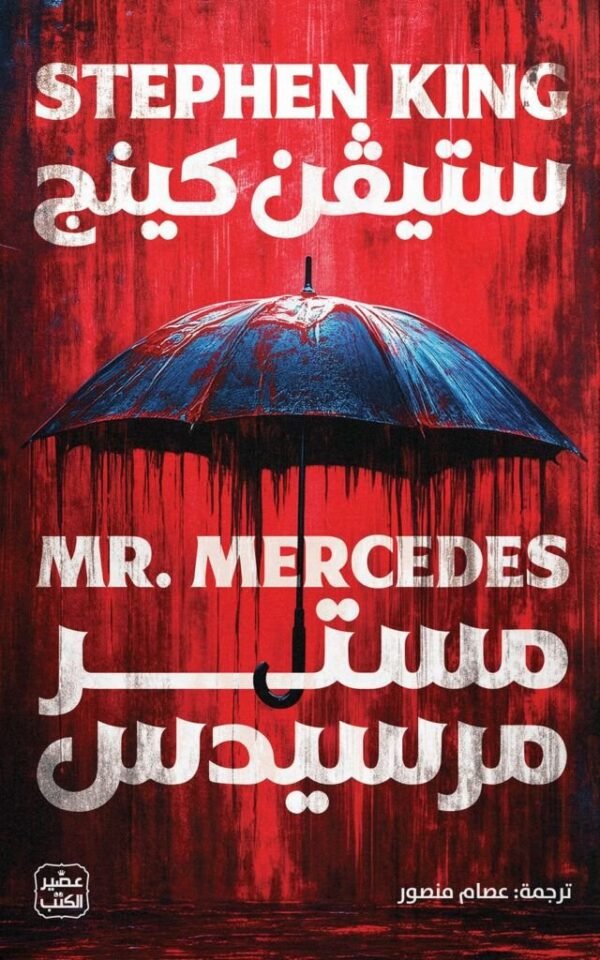
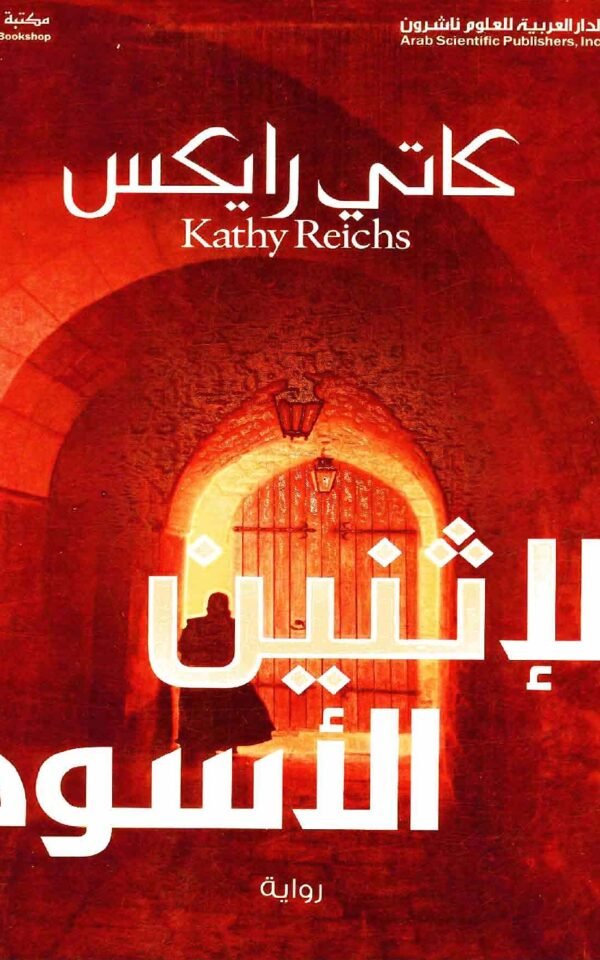







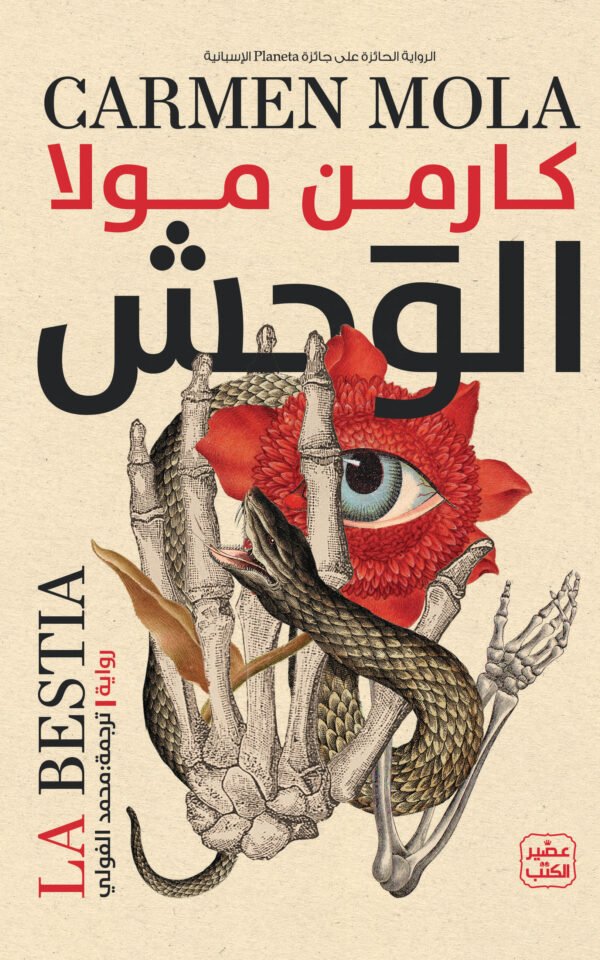




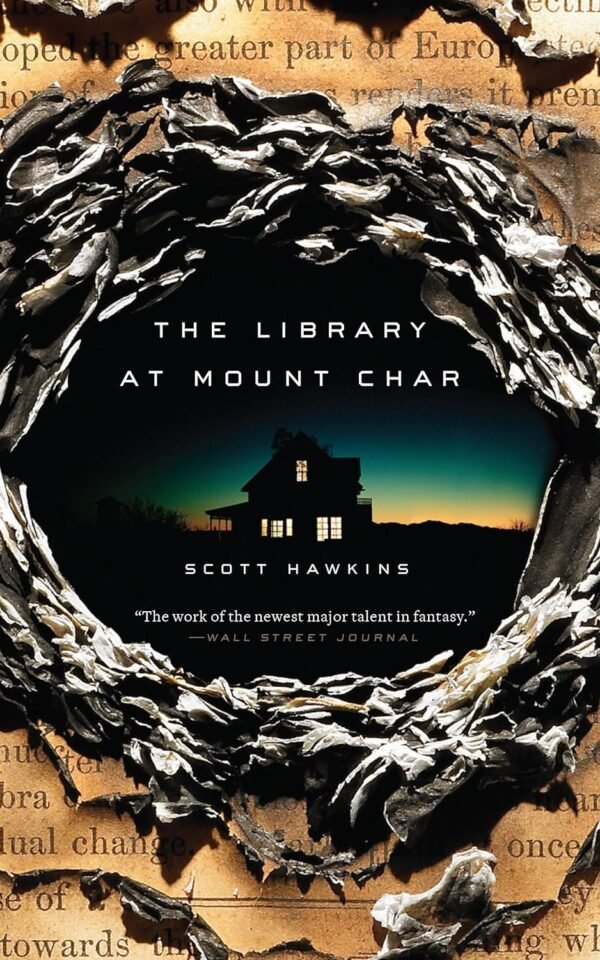

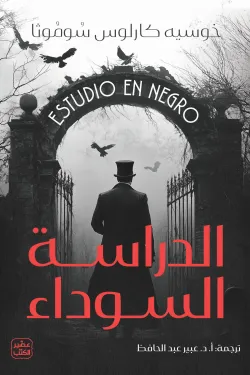

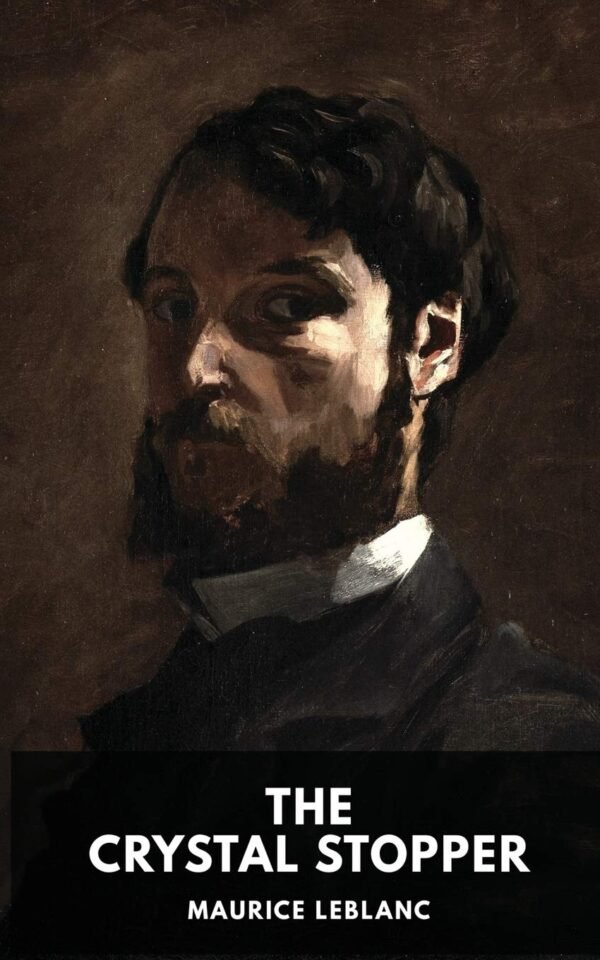



Reviews
There are no reviews yet.